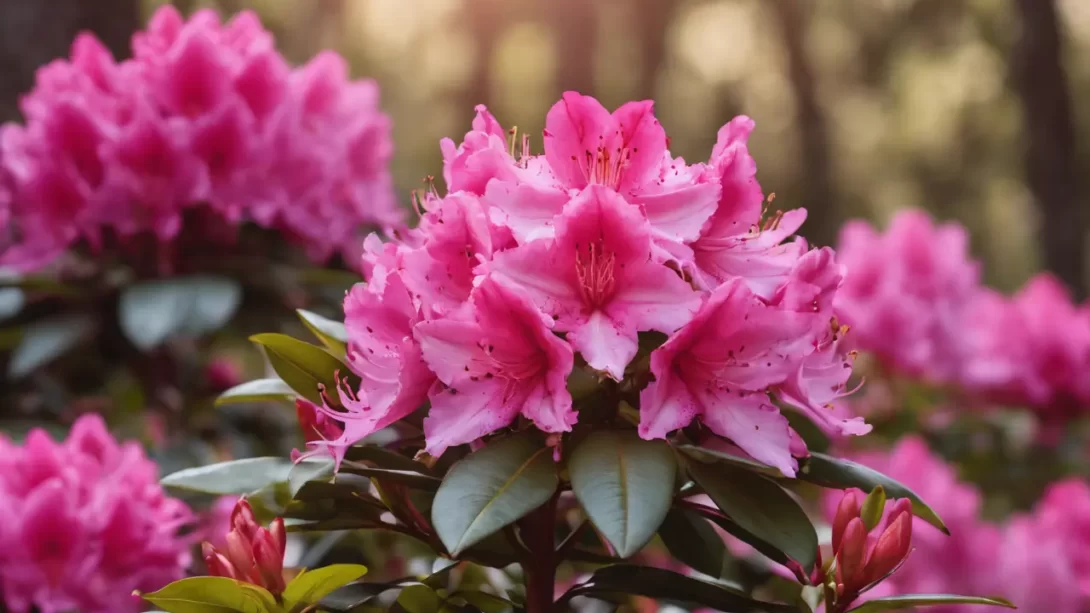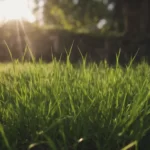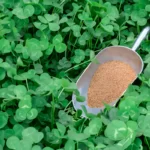Rhododendrons, with their spectacular blooms and wide range of colors, are a favorite among gardeners and landscapers. These evergreen shrubs are renowned for their ability to transform gardens into a vibrant display of colors during their blooming season. However, many enthusiasts often wonder about the duration of their bloom. Understanding how long Rhododendrons bloom, along with the factors influencing their flowering period, is essential for anyone looking to enhance their garden with these stunning plants.
Rhododendrons
Rhododendrons belong to a diverse genus, comprising over a thousand species and numerous cultivars. They are known for their large, showy flowers that come in various hues, including pinks, purples, reds, and whites. The shape of the blooms can range from trumpet-like to bell-shaped, adding to their aesthetic appeal. Rhododendrons typically prefer cooler climates and thrive in acidic, well-drained soil. They are often found in wooded areas and mountain regions, which influences their adaptability in garden settings.
Typical Blooming Period of Rhododendrons
The blooming period of Rhododendrons largely depends on the species and the local climate. Generally, these plants bloom from late winter to early summer, with most flowering in the spring. The duration of the bloom can vary but typically lasts for several weeks. Some species have a shorter bloom time, while others, especially those bred for extended flowering, can display their blossoms for a longer period. Additionally, the timing of the bloom can differ from year to year based on weather conditions, with milder temperatures often leading to earlier flowering.
Factors Influencing Blooming Duration
The length of time Rhododendrons stay in bloom can be affected by several environmental and care-related factors. Climatically, temperature plays a significant role; cooler spring temperatures can prolong the bloom period, while a sudden rise in heat may cause flowers to fade more quickly. Similarly, the amount of sunlight received can influence flowering, as Rhododendrons generally prefer dappled shade. Excessive direct sunlight can lead to a shorter bloom time. Rainfall and humidity levels are also crucial, with too much moisture potentially damaging the blooms or encouraging fungal diseases.
Soil conditions are another key element. Rhododendrons thrive in acidic soil with good drainage. Poor soil conditions, such as heavy clay or overly alkaline soil, can stress the plant, leading to reduced blooming. The age and overall health of the Rhododendron also impact its flowering capacity. Younger plants or those recently transplanted may take a few years to establish themselves and reach full blooming potential. Conversely, mature, well-established plants typically have a more extended and prolific blooming period.
Maximizing Bloom Time
There are several ways to help extend the blooming period of your Rhododendrons. First, ensure they are planted in an ideal location, with the right balance of light and shade, and in soil that suits their needs. Regular watering, especially during dry spells, is important, but avoid overwatering as this can lead to root rot. A balanced, slow-release fertilizer designed for acid-loving plants can be applied in the spring to encourage healthy growth and flowering.
Pruning is also essential, not only for shaping the plant but also for encouraging new growth that will produce blooms in the following year. It’s best to prune Rhododendrons soon after they finish blooming to avoid cutting off next year’s flower buds. Additionally, keeping an eye out for pests and diseases and addressing them promptly can prevent issues that might affect the plant’s health and flowering ability. Using mulch around the base can help retain moisture and regulate soil temperature, further supporting the plant’s blooming capacity.
Post-Bloom Care
After the blooming season, proper care is crucial to ensure your Rhododendrons remain healthy and ready for the next flowering cycle. One key practice is deadheading, which involves removing spent flowers. This process not only improves the plant’s appearance but also redirects energy towards growth and future blooms. Be careful not to damage the emerging buds for next year’s flowers, which are often located just below the spent blooms.
Continued attention to watering and protection from extreme heat during summer months is important. Although Rhododendrons are relatively drought-tolerant once established, prolonged dry spells can stress the plant, potentially affecting its future blooming. A layer of organic mulch can help maintain soil moisture and temperature, benefiting the plant’s overall health.
As fall approaches, reduce the amount of fertilization to allow the plant to prepare naturally for winter. If you’re in a region with harsh winters, consider providing some protection against cold winds and heavy snow, which can damage the plant. However, avoid excessive winter covering, as Rhododendrons require some air circulation to stay healthy.
Conclusion
The blooming period of Rhododendrons, while variable, is a spectacular display that can last several weeks with proper care and environmental conditions. Factors such as climate, soil quality, and plant health play a significant role in the duration and vibrancy of their blooms. By understanding these factors and providing appropriate care throughout the year, gardeners can enjoy the full beauty of Rhododendrons in their landscape. Remember, post-bloom care is just as important as pre-bloom preparation to ensure a healthy plant capable of producing stunning flowers year after year. With their lush foliage and vibrant blooms, Rhododendrons remain a cherished addition to any garden, offering a captivating spectacle each spring.




